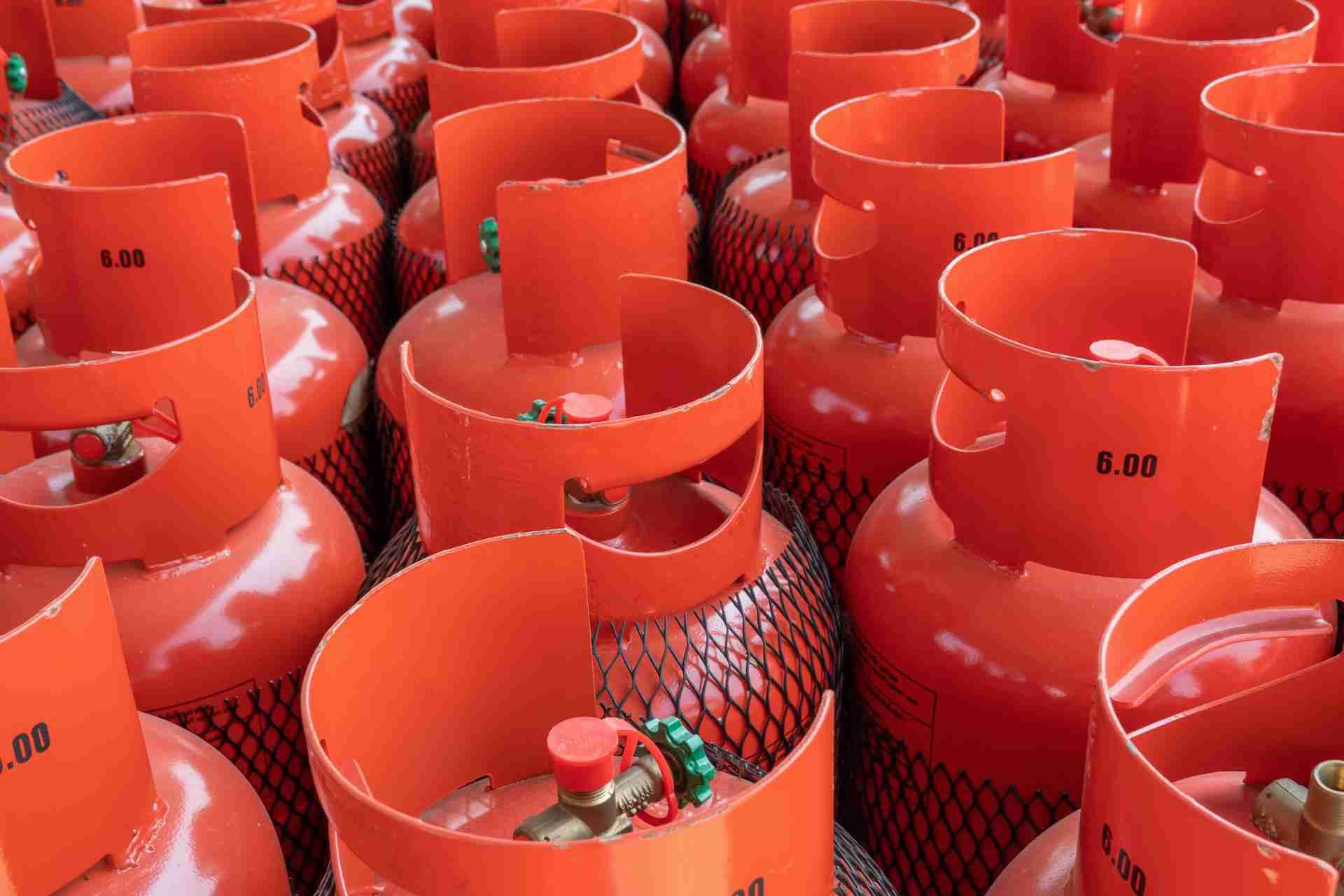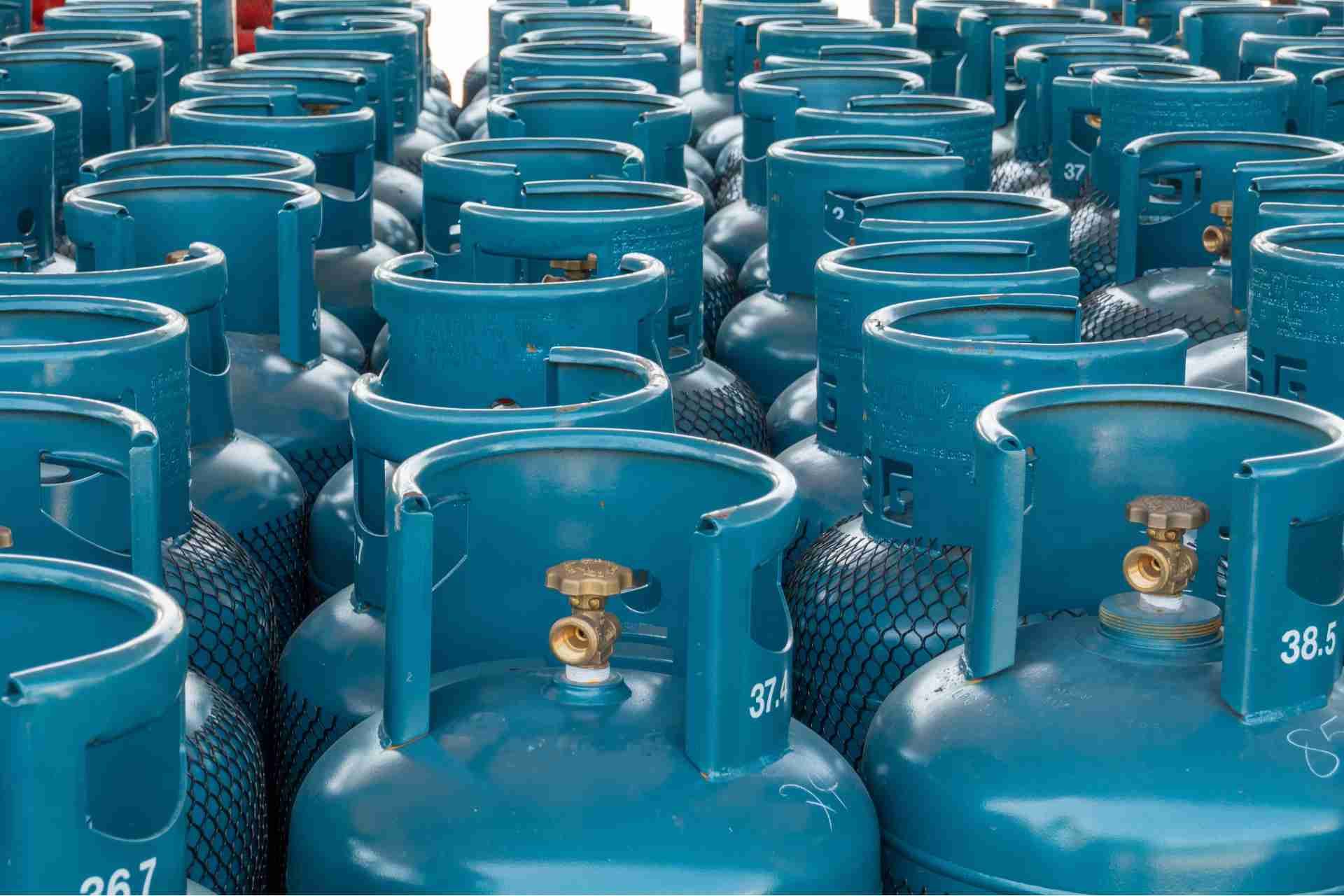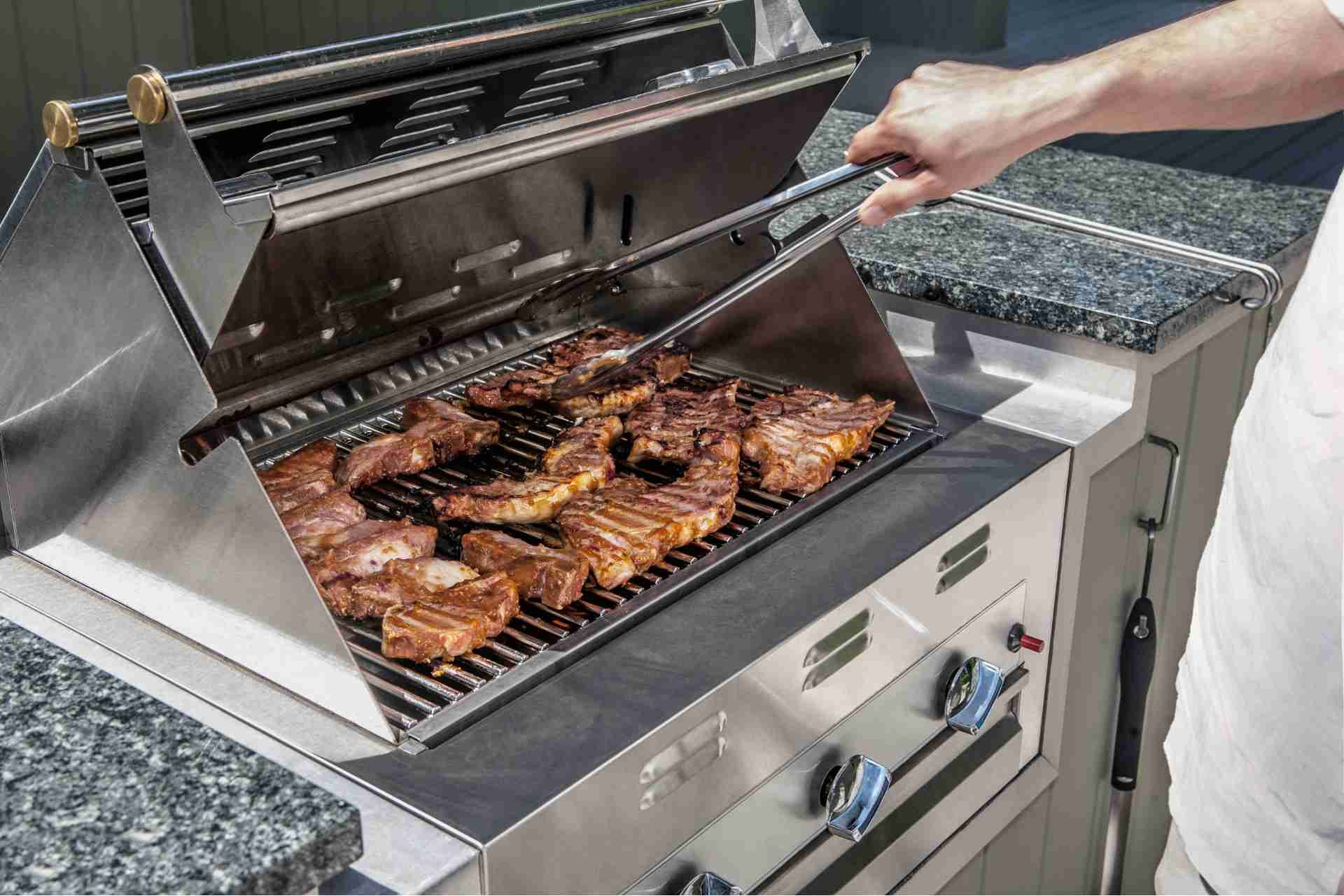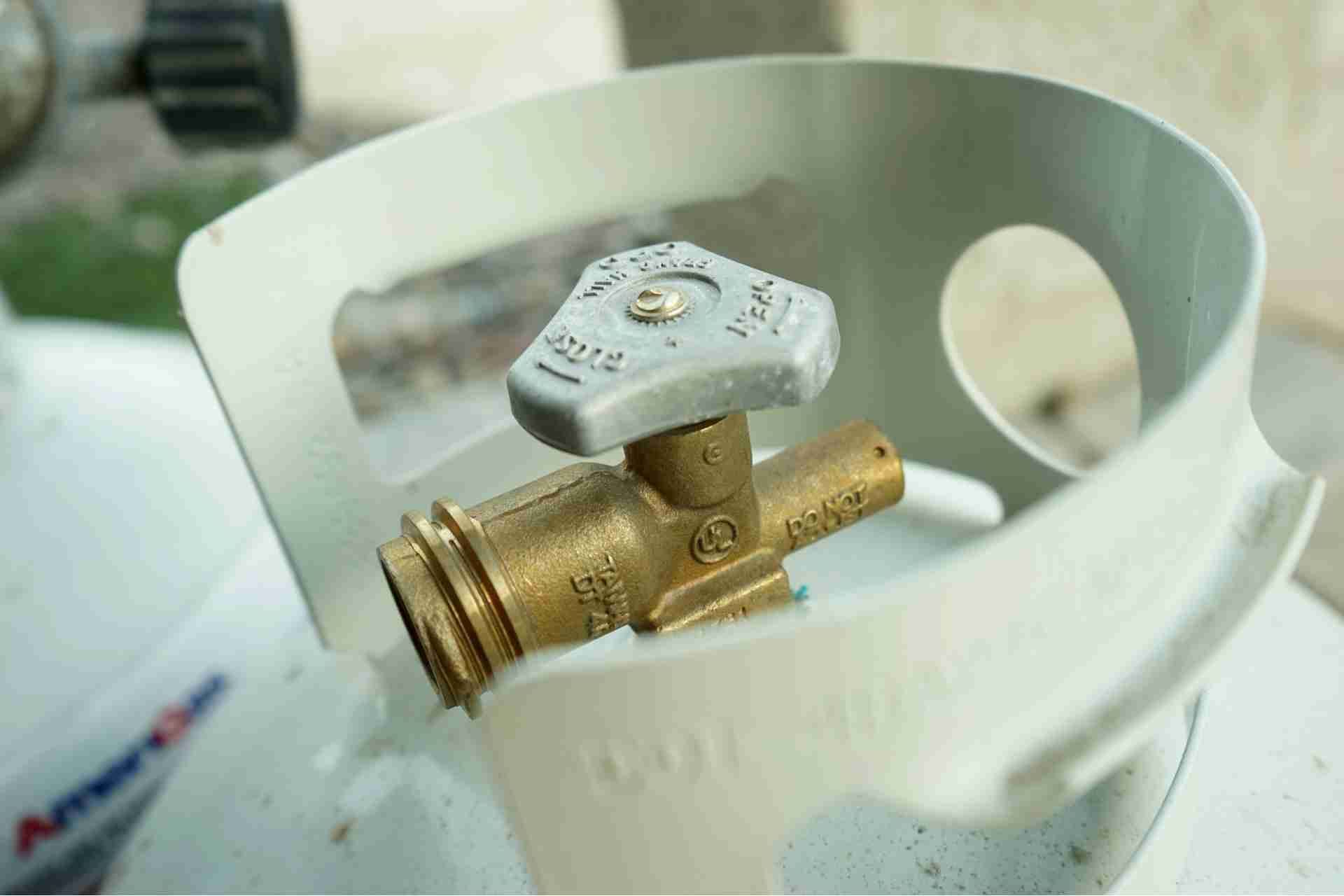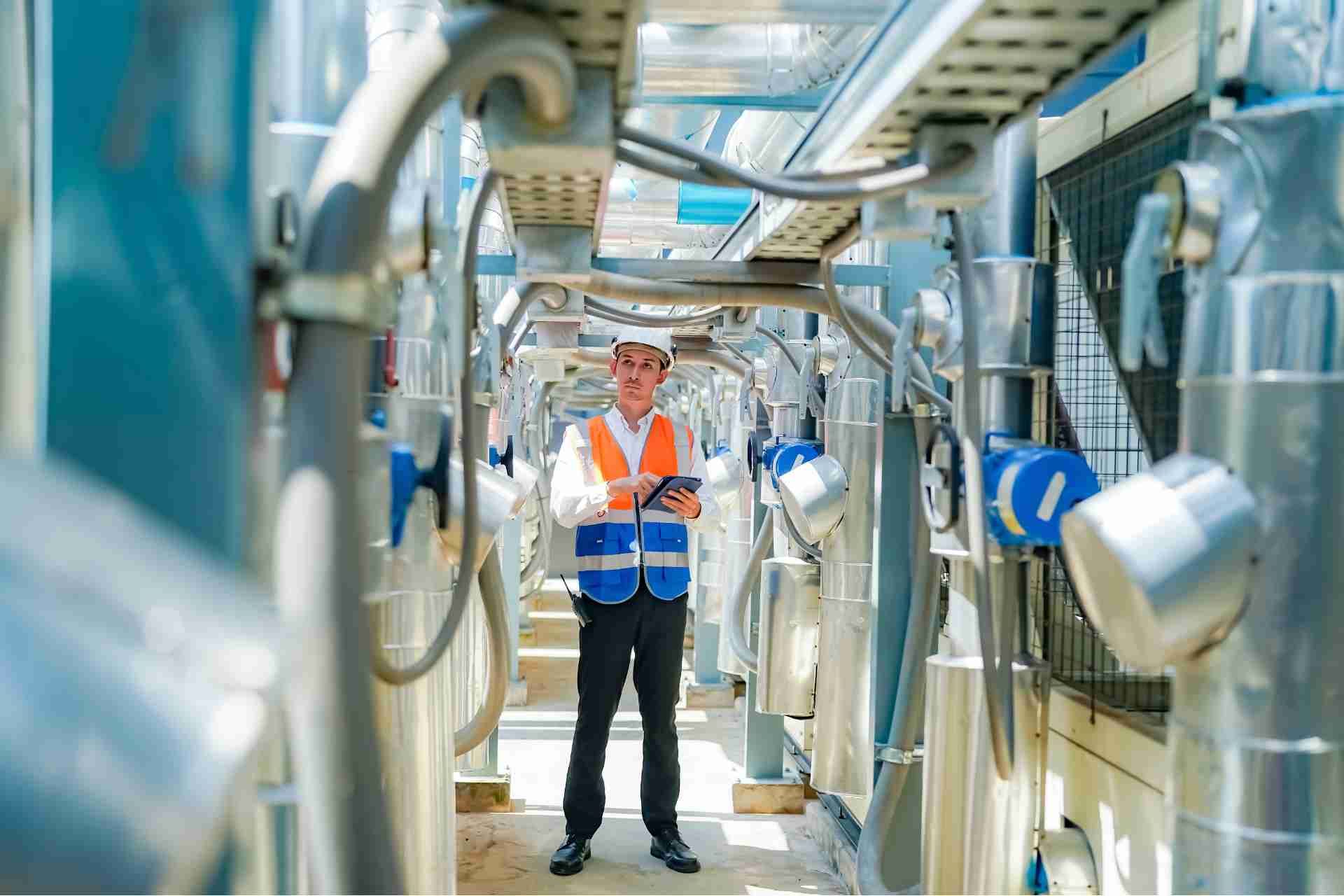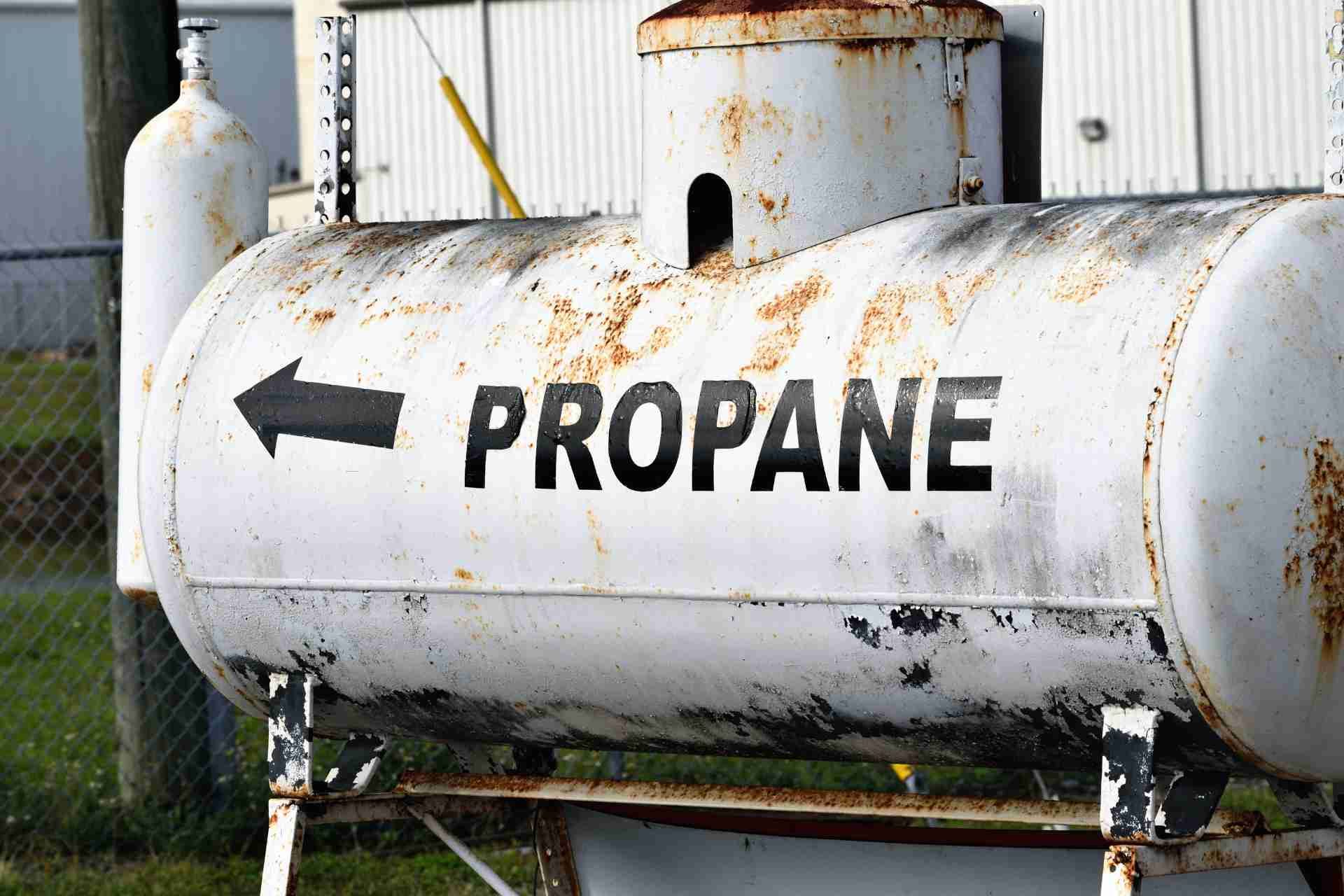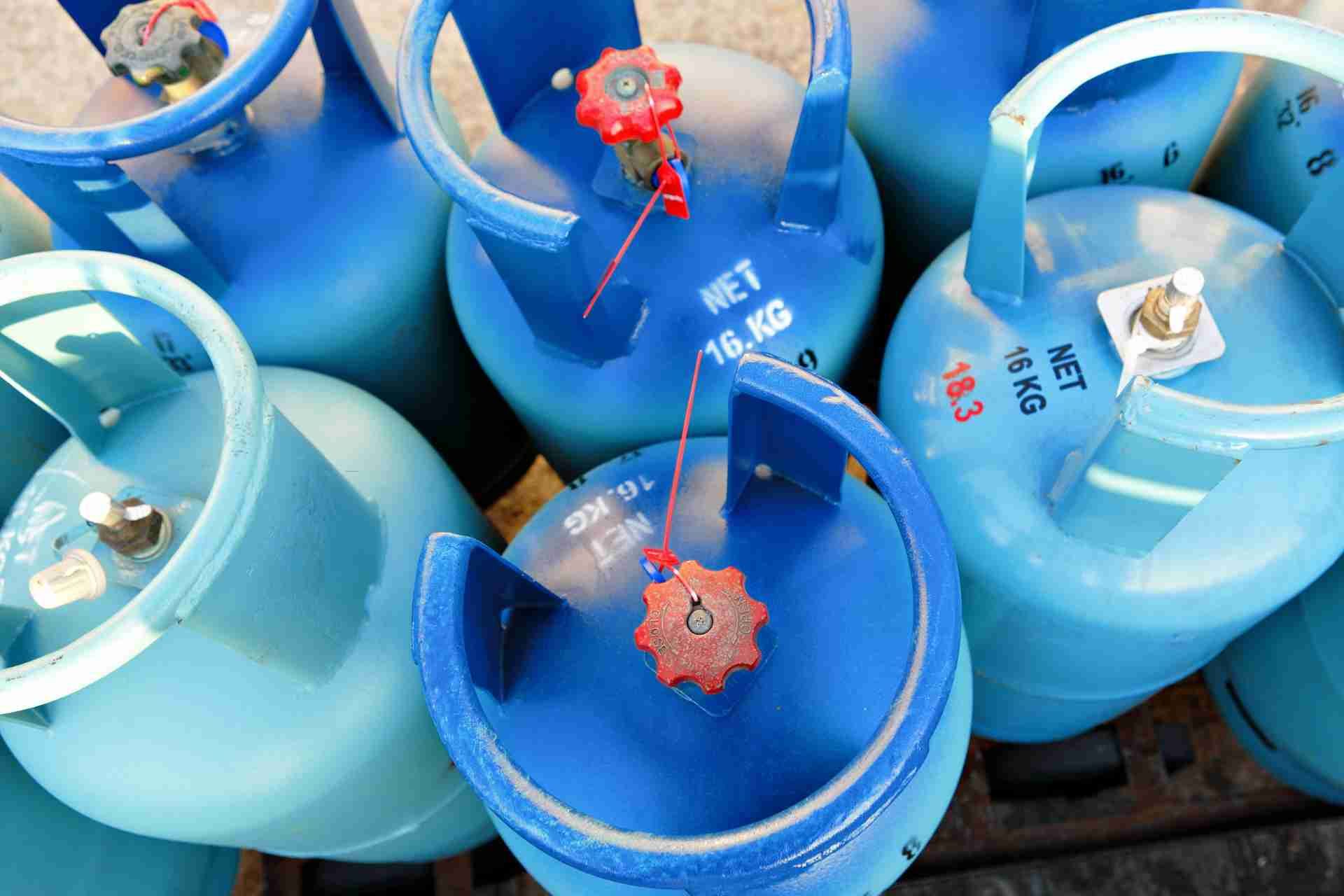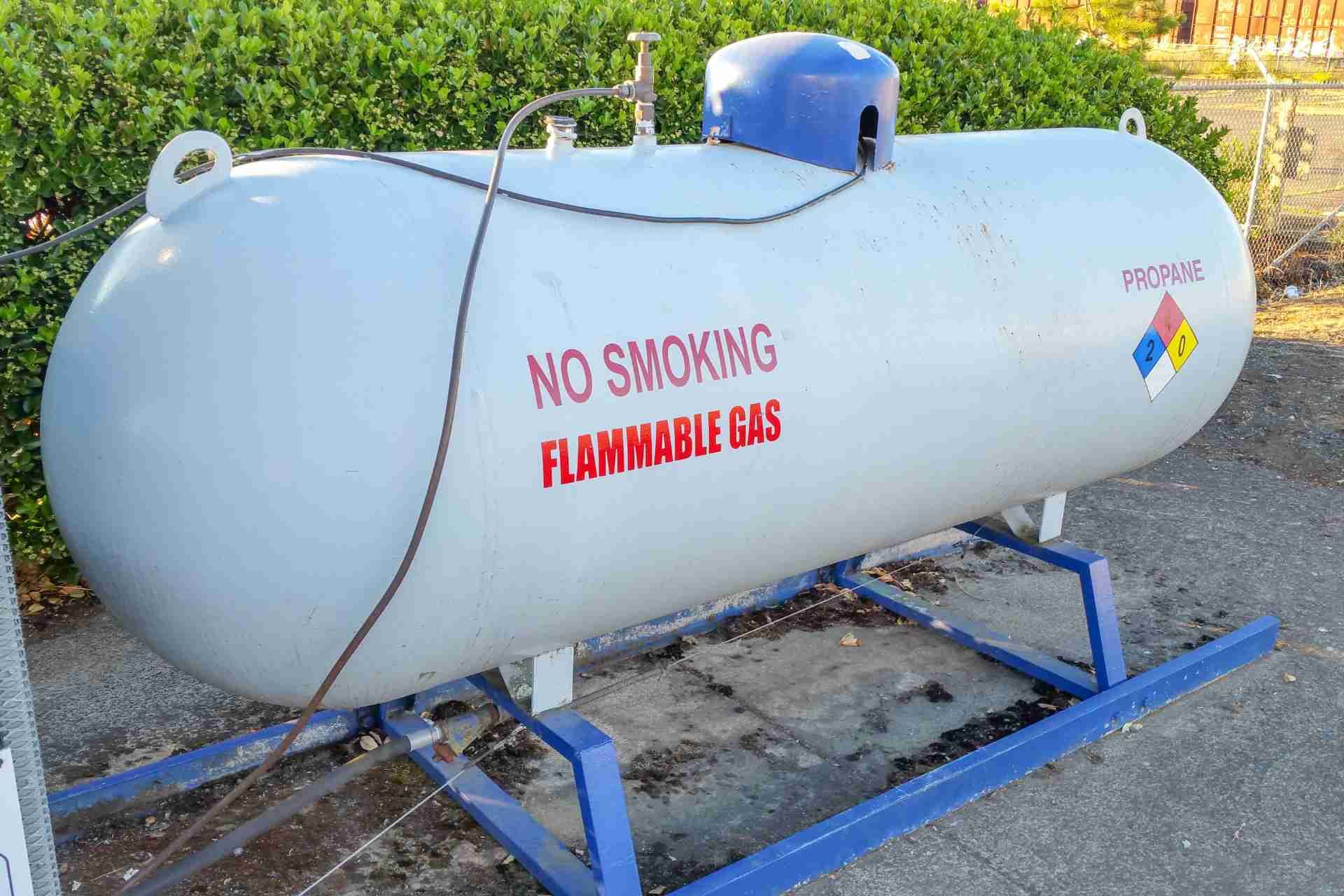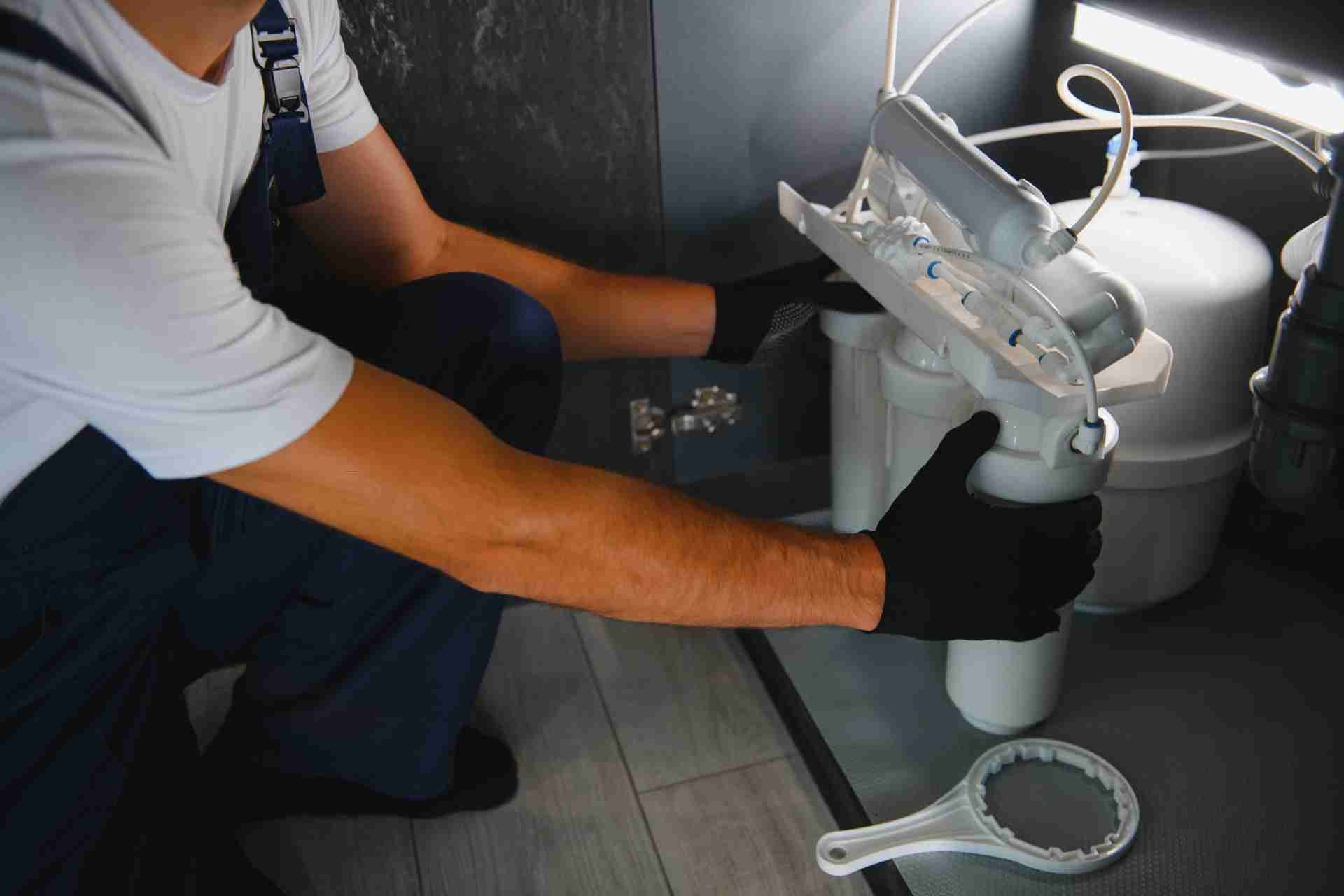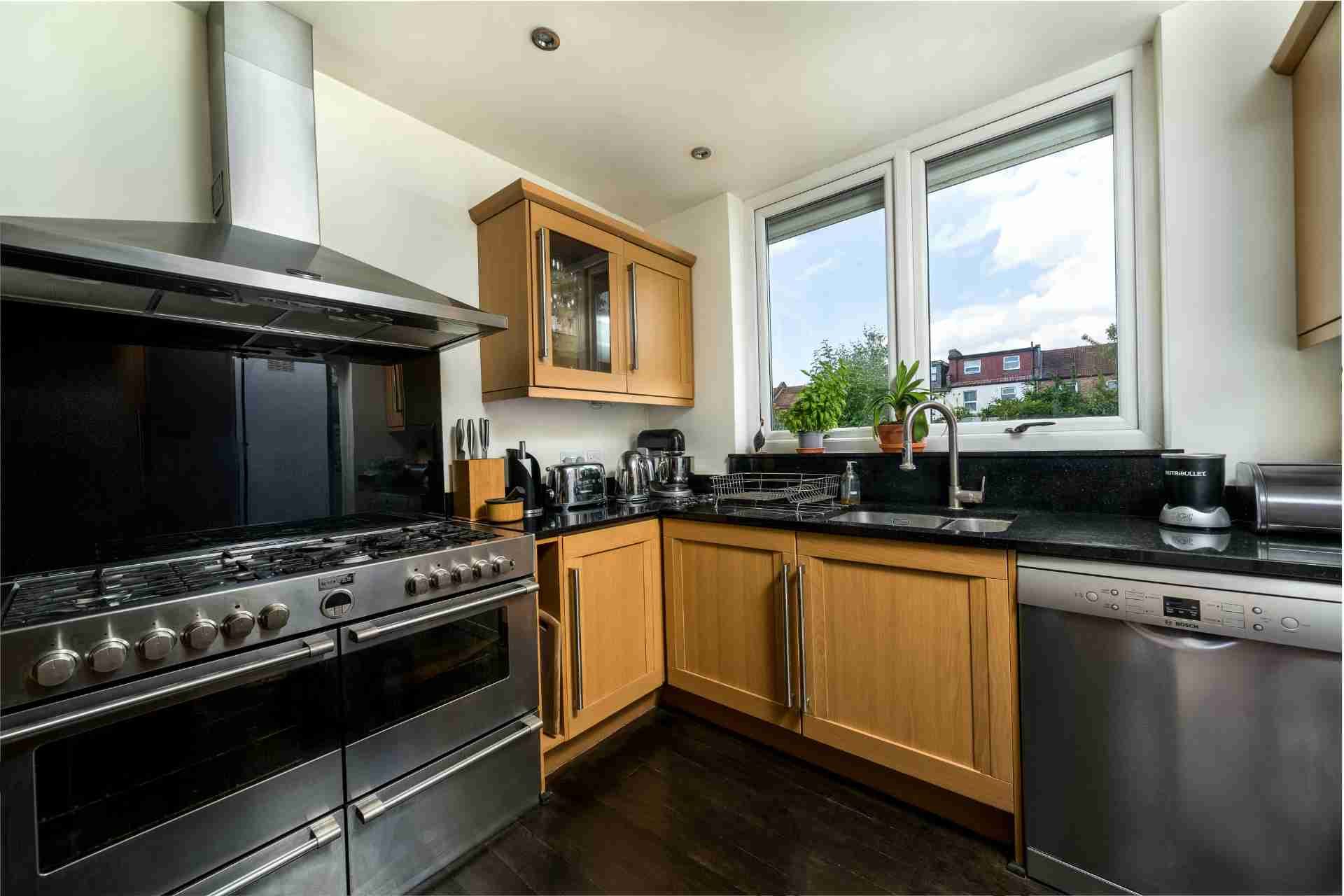How to Maintain Your Propane Tank: Best Practices & Common Mistakes to Avoid
Maintaining your propane tank is crucial for safety and efficiency. Regular inspections and proper placement can prevent many common issues. It's easy to overlook some important practices, though, which can lead to unexpected problems. By understanding your tank's components and how to care for them, you can avoid costly mistakes. Let's explore the best practices you should follow and the pitfalls to steer clear of.
Understanding Your Propane Tank and Its Components
A propane tank is more than just a storage vessel; it's a crucial component of your heating and cooking system. Understanding how it works is essential for safe and efficient use.
The tank itself is typically made of steel or aluminum and features a valve that controls the propane flow. You'll find a pressure relief valve, which ensures safety by releasing excess pressure, and a gauge that shows how much propane is left.
Familiarize yourself with these components, as they play a vital role in your tank's operation. Knowing how to read the gauge can prevent unexpected outages, while understanding the valve helps you manage propane use effectively.
Regular Inspection and Maintenance Practices
Keeping your propane tank in good condition starts with regular inspection and maintenance practices.
Check your tank visually for any signs of rust, dents, or leaks. Look for corrosion around the fittings and valves, and listen for any hissing sounds that could indicate a leak.
It's also important to ensure that the tank's pressure relief valve is functioning properly; this prevents dangerous over-pressurization.
Clean the tank's exterior periodically to remove dirt and debris, which can hide issues.
Additionally, make it a habit to check the gauge regularly to monitor propane levels. If you notice any irregularities, don't hesitate to contact a professional.
Following these steps will help keep your propane tank safe and efficient for years to come.
Safe Propane Tank Installation and Placement
When installing a propane tank, it's crucial to consider safety to prevent potential hazards.
Start by choosing a location that's away from structures, trees, and other flammable materials. Ideally, place the tank at least 10 feet from your home and any possible ignition sources.
Ensure the area is well-ventilated to allow for gas dispersal if there's a leak. Avoid low-lying areas where gas could accumulate.
Additionally, use proper supports to keep the tank stable and secure. Always follow local regulations and guidelines for installation, and consult a professional if you're unsure.
Lastly, mark the tank's location clearly to prevent accidental damage during landscaping or maintenance activities.
Prioritize safety to ensure a reliable and efficient propane system.
Common Mistakes to Avoid When Maintaining Your Propane Tank
Proper installation and placement of your propane tank set the foundation for safe operation, but maintenance is just as important to ensure efficiency and safety.
One common mistake is neglecting regular inspections; you should check for leaks, corrosion, and rust at least once a year.
Another error is ignoring the importance of keeping the area around the tank clear of debris and vegetation, which can pose fire hazards.
Don't forget to check your tank's pressure relief valve; a malfunctioning valve can lead to dangerous situations.
Lastly, avoid overfilling your tank; it can cause pressure issues and potential leaks.
Tips for Monitoring Propane Levels and Usage
To ensure you never run out of propane unexpectedly, regularly monitoring your tank levels and usage is essential. Start by checking the gauge on your propane tank every few weeks. When it drops below 30%, plan to refill soon.
Consider investing in a propane monitoring system that sends alerts to your phone, giving you peace of mind. Keep a record of your propane usage, noting when you refill and how much you consume for various appliances. This'll help you predict future needs more accurately.
Additionally, during colder months, usage may increase, so stay vigilant. Lastly, don't hesitate to contact your propane supplier for advice on usage patterns or tank capacity. Staying informed will keep your home running smoothly and safely.
Conclusion
Maintaining your propane tank is crucial for safety and efficiency. By conducting regular inspections, choosing a safe installation spot, and avoiding common mistakes, you can prevent issues and ensure reliable fuel supply. Keep an eye on your propane levels and be proactive about monitoring usage to avoid unexpected outages. With these best practices in mind, you'll not only extend the life of your tank but also enjoy peace of mind knowing you're using propane safely.
